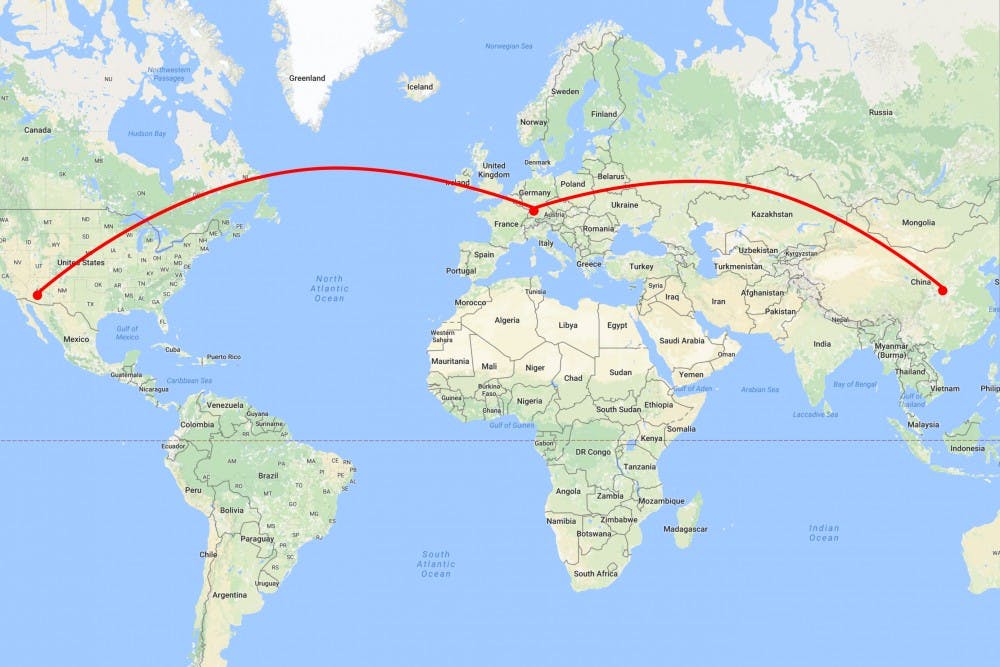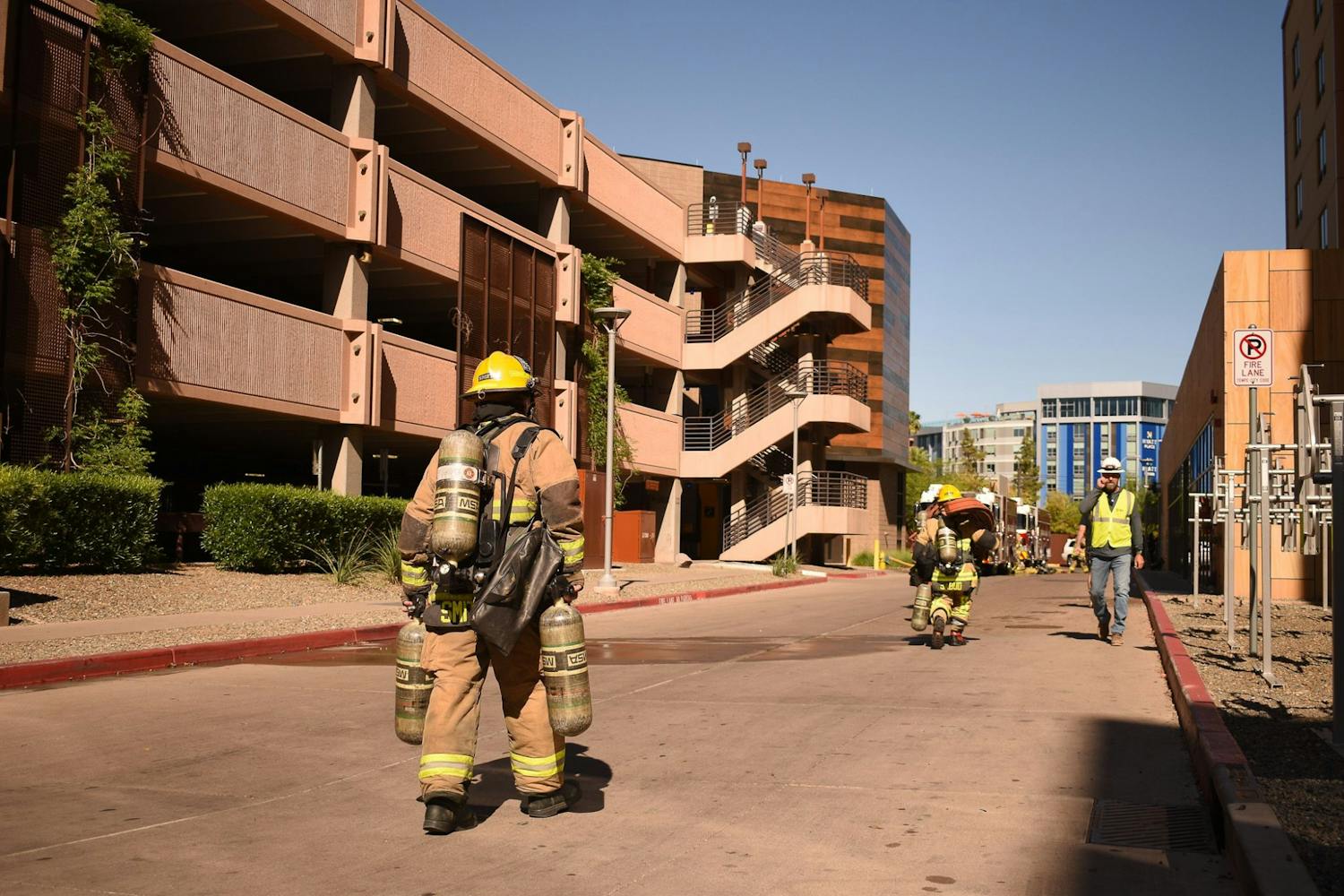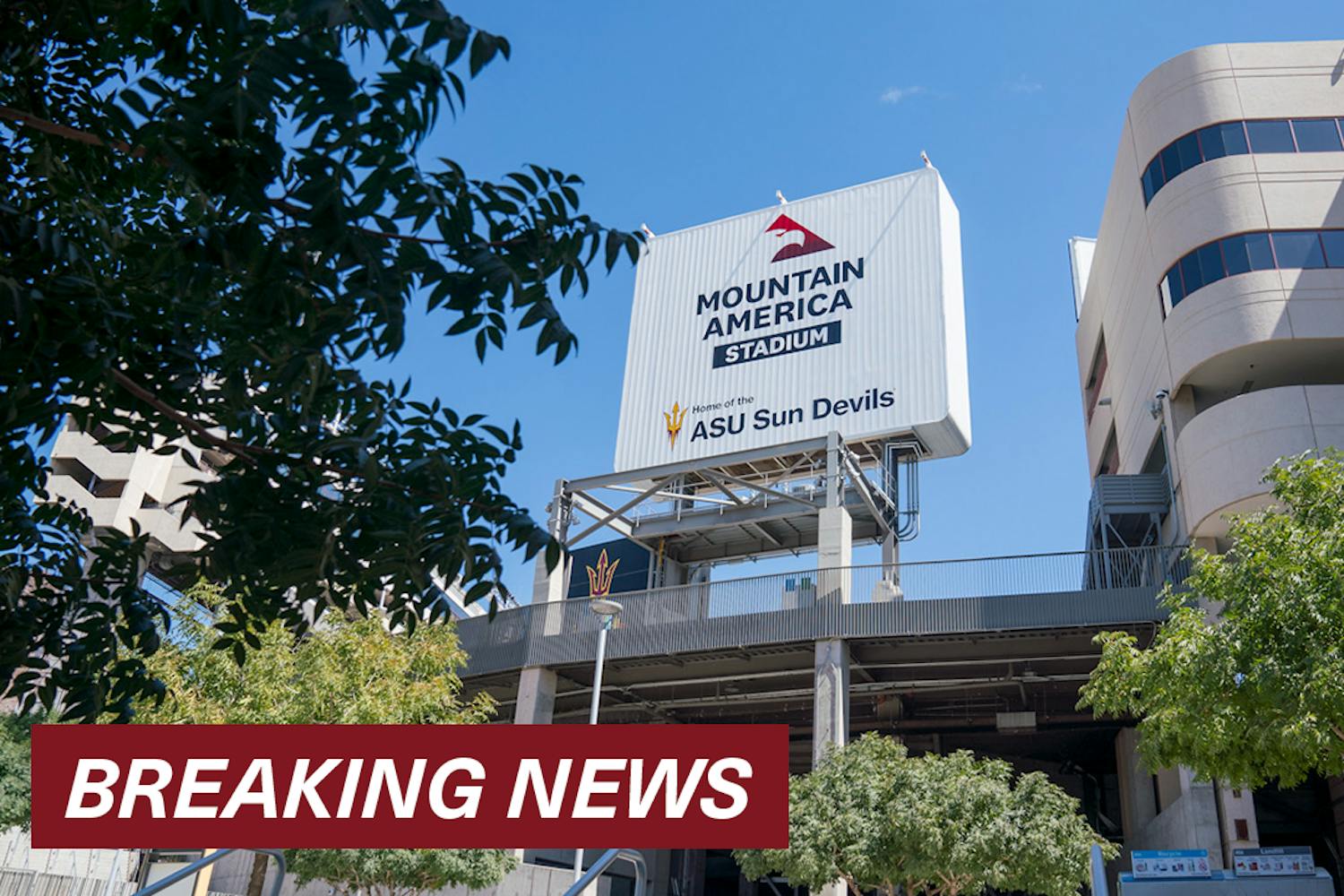ASU engineering professor Cun-Zheng Ning has achieved what was once considered impossible in the field of laser studies, yet he still considers getting into high school the most difficult achievement of his life.
Though getting into, and even through, high school is not an uncommon struggle, this coming from the man on the heels of a major scientific discovery may be somewhat surprising. In spite of this, Ning was the first to prove the possibility of the white laser last year.
Ning has been working at ASU since 2006, but before his time here, he grew up in rural China, the son of a member of the old Nationalist regime.
As was the case with many Nationalist officials, his father was put in jail. They didn’t get to meet until well into Ning's childhood, when he visited him in prison.
Because of his family's Nationalist background, Ning said getting to high school was nearly impossible.
“Thirty percent of junior high graduates could go to high school and only 5 percent of students with my background can be admitted," Ning said. "In my graduating class of 50, (very few) students like me could go to high school. To this day, I still think getting to high school was the most difficult thing I’ve ever done in my life.”
White Laser Laboratory - Arizona State University from ASU Now on Vimeo.
Following his graduation from high school, Ning spent two years working on a farm after the Maoist regime shut down the universities.
When university activity resumed in 1978, Ning went to study physics at the University of Xi’an, and later received his Ph.D from the University of Stuttgart in Germany.
Because of how scarce higher education was during his upbringing, Ning said learning is one of the things he is most passionate about.
“I value the educational opportunity more than anyone else,” he said. “It’s taught me to persevere because nothing is really difficult for me anymore.”
Discovering the white laser took years of work. Beginning with his research in Germany, Ning went on to work at UA before leaving for the NASA Ames Research Center and finishing his work at ASU. Throughout decades of research, he learned more about laser research.
The discovery of the white laser was a daunting task. Finding the proper way to get red, green and blue — the three colors needed to produce white — onto one laser beam took a lot of time.
Ning was working with a team of graduate students on the project, and it was tasks like these that discouraged them throughout the process.
“It’s a lot of trial and error,” Ning said. “There were many times where they wanted to give up, but we had to keep going.”
And it’s that perseverance that his students recognize about him. Former engineering doctoral student Leijun Yin said it’s his focus that lead to the white laser discovery.
“In his personality, it’s wisdom, determination and focus,” Yin said. “He refused to say something was impossible.”
Fellow doctoral engineering student Fan Fan also said Ning’s resilience played a key role in the discovery.
“The research is very difficult because every achievement acquired is not that easy,” Fan said. “We’d start over and over to show the potential of our research. It’s a torturing and frustrating process. We almost lost our faith, but Dr. Ning had faith. He knows the meaning of our work, and he always tried to tell us not to give up. That happened throughout our research process.”
Ning said looking back on his life is a humbling experience, and that above all, he couldn't have.
“Your life trajectory is never predictable,” Ning said. “My biggest dream was to get to high school. It’s all completely unpredictable."
Reach the reporter at Emmillma@asu.edu or follow @Millmania1 on Twitter.
Like The State Press on Facebook and follow @statepress on Twitter.




